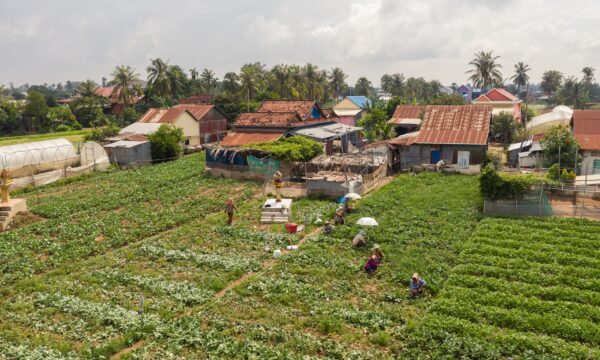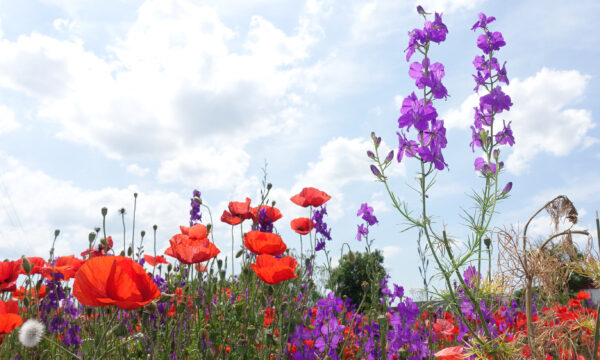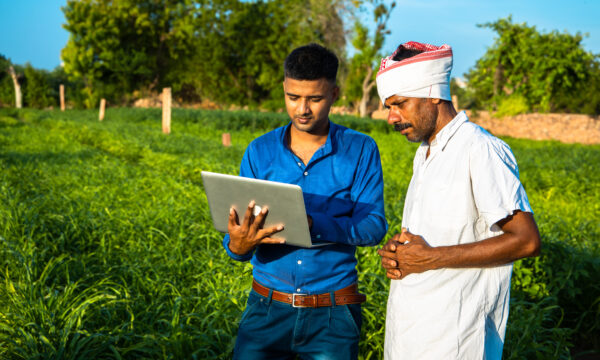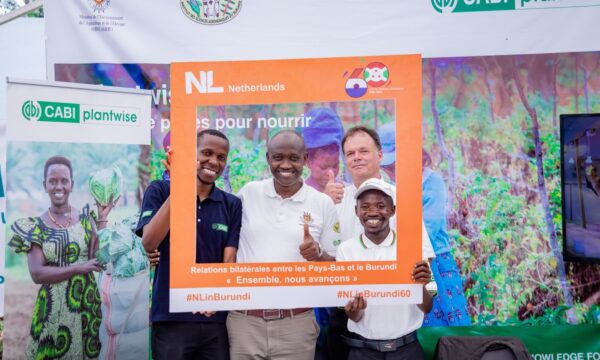A new strain of low-methane rice has won Popular Science’s “Best of What’s New” award 2015 for engineering. The new kind of rice, known as SUSIBA2, has been developed by splicing a single gene from barley into rice plants to reduce the amount of methane the rice produces and, ultimately, the amount released into the environment. The single inserted gene does this by altering the transport of carbon within the rice plant. Instead of taking its usual path to the roots, where methane-producing bacteria are found, carbon in SUSIBA2 rice is redirected to the grains and leaves. This has the added benefit of increasing the starch levels and yield of the rice. SUSIBA2 rice has performed well in field trials and will now be assessed for commercial viability.
Wetland rice fields are prolific producers of methane, producing around 50 million tonnes of methane a year. This equates to 10% of agricultural greenhouse emissions or around 1% of the total global greenhouse emissions (WRI, 2004). Methane is an important greenhouse gas and has been found to be 30 times more potent as a greenhouse gas than carbon dioxide. The rice industry is in an interesting position, being both a contributor to climate change, and suffering the negative effects caused by climate change. These effects include sea-level rises, unpredictable flooding, higher temperatures and loss to pest and diseases.
Rice strains such as SUSIBA2 could be an effective climate change mitigation method by dramatically reducing the methane production of wetland rice areas. However, despite the demonstrated advantages of the SUSIBA2 rice, it is likely to be a long time before the benefits can be realised due to the regulation surrounding genetically modified food. In the meantime, there are other management strategies that can be implemented in traditional rice paddy areas that will reduce the amount of methane emitted. The International Rice Research Institute (IRRI) is promoting the practice of wetting and drying which reduces the amount of time the area is flooded for and cuts methane production by up to 90%.
www.popsci.com/best-of-whats-new-2015/engineering
www.pnnl.gov/news/release.aspx?id=4238
1 Comment
Leave a Reply
Related News & Blogs
Managing mango mealybugs
Mango mealybugs are one of the most important insect pests affecting mango production across tropical and subtropical regions in Africa and Asia. These sap-sucking insects not only reduce the quantity and quality of fruit but can also weaken trees over…
27 May 2025






[…] 미국의 과학전문지 ‘파퓰러 사이언스’(Popular Science)는 저메탄 벼(low-methane rice)를 엔지니어링 부분에서 ‘2015년 최고의 신인상(Best of What’s New)’으로 선정했다. 창의적인 아이디어, 그리고 온난화라는 지구촌의 최대 현안을 해결하는데 기여했다는 점을 높이 평가했다. (관련 링크 ) […]